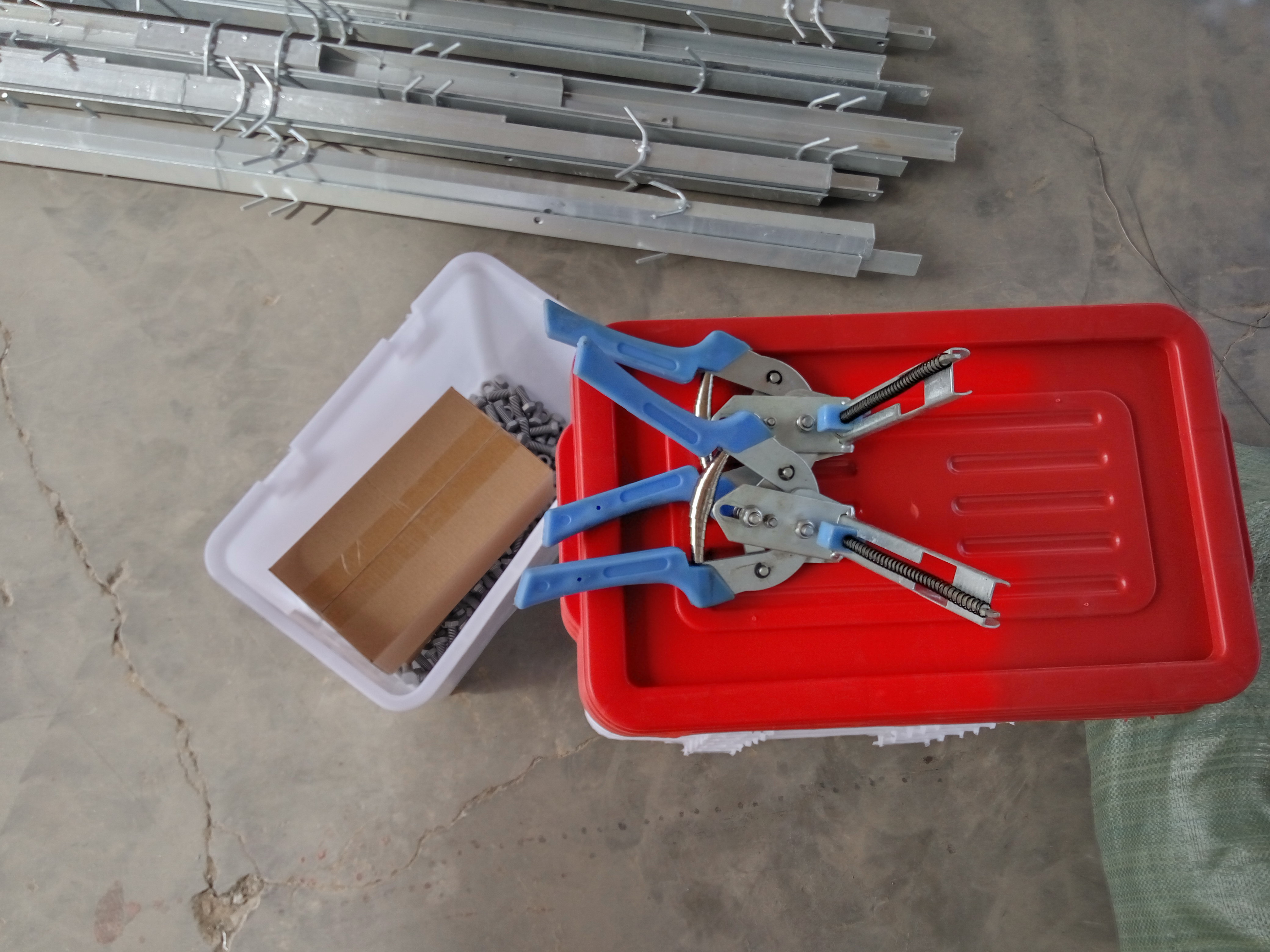Chicken Feed Pellet Machine for Efficient Animal Nutrition Production System
Nov . 28, 2024 05:07 Back to list
Chicken Feed Pellet Machine for Efficient Animal Nutrition Production System
The Essential Role of Chicken Feed Pellet Machines in Poultry Farming
The poultry industry has seen remarkable advancements in recent years, driven by technological innovations and an ever-increasing demand for protein sources. At the heart of efficient poultry farming lies the vital component known as the chicken feed pellet machine. This innovative equipment has revolutionized the production of chicken feed, making it more efficient, cost-effective, and nutritionally beneficial for poultry.
Understanding Chicken Feed Pellet Machines
A chicken feed pellet machine is designed to convert raw feed ingredients into pellets—small, round, compressed granules that are easy for chickens to eat and digest. These machines are equipped with various components that work together to process the raw material, which can include grains, minerals, vitamins, and other nutritional additives. The primary processes involved in feed pellet production include grinding, mixing, conditioning, and pelletizing.
The Process of Feed Pellet Production
1. Grinding Before the feed ingredients can be transformed into pellets, they must be ground into fine particles. This increases the surface area of the feed, allowing for better mixing and enhancing digestion.
2. Mixing The ground ingredients are then thoroughly mixed to ensure even distribution of nutrients. This step is crucial as it determines the overall nutritional quality of the feed. A well-mixed feed guarantees that each pellet retains the necessary nutrients required for healthy growth.
3. Conditioning After mixing, the feed is conditioned using steam and heat. This process helps to gelatinize starches and improve the binding characteristics of the feed, resulting in firmer pellets. It's also essential for eliminating harmful pathogens, ensuring the safety of the feed.
4. Pelletizing The conditioned feed is fed into the pellet die, where it is subjected to high pressure and temperature. This process compresses the feed into pellets and shapes them uniformly. The final product typically measures between 2 to 8 millimeters in diameter, depending on the age and size of the chickens being fed.
chicken feed pellet machine

5. Cooling and Packaging After pelletizing, the hot pellets are cooled to prevent spoilage. Once cooled, the pellets are packaged for distribution.
Advantages of Chicken Feed Pellet Machines
1. Enhanced Nutrition Pelleting improves the digestibility of feed by breaking down complex carbohydrates, making nutrients more accessible to the chickens. This can lead to faster growth rates and improved feed conversion ratios.
2. Reduction of Feed Wastage Unlike loose feed, pellets are less prone to spillage and wastage. This can significantly reduce feed costs over time and contribute to a more sustainable farming practice.
3. Improved Feed Storage Pellets are easier to store and transport compared to traditional feed. Their compact size and durability help prevent spoilage and make handling more efficient.
4. Biosecurity The pelleting process helps eliminate bacteria and pathogens that could harm poultry, thus enhancing the overall health of the flock.
5. Cost-Effectiveness While the initial investment in a chicken feed pellet machine may be substantial, the long-term savings from reduced feed wastage and increased productivity often justify the purchase. Poultry producers can produce high-quality feed in-house, eliminating dependency on commercial feeds that may be more expensive.
Conclusion
The chicken feed pellet machine stands as a cornerstone of modern poultry farming. It not only facilitates the production of nutritious and accessible feed but also strengthens biosecurity measures and enhances the overall efficiency of operations. As the global demand for poultry products continues to climb, investing in a quality feed pellet machine could prove to be a game changer for farmers seeking to optimize their production while ensuring the well-being of their flocks. By embracing this technology, poultry farmers can foster healthier chickens and ultimately contribute to a more sustainable food system.
-
Hot Sale 24 & 18 Door Rabbit Cages - Premium Breeding Solutions
NewsJul.25,2025
-
Automatic Feeding Line System Pan Feeder Nipple Drinker - Anping County Yize Metal Products Co., Ltd.
NewsJul.21,2025
-
Automatic Feeding Line System Pan Feeder Nipple Drinker - Anping County Yize Metal Products Co., Ltd.
NewsJul.21,2025
-
Automatic Feeding Line System - Anping Yize | Precision & Nipple
NewsJul.21,2025
-
Automatic Feeding Line System - Anping Yize | Precision & Nipple
NewsJul.21,2025
-
Automatic Feeding Line System-Anping County Yize Metal Products Co., Ltd.|Efficient Feed Distribution&Customized Animal Farming Solutions
NewsJul.21,2025






